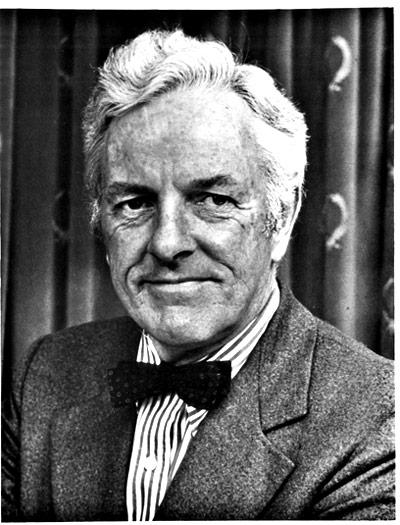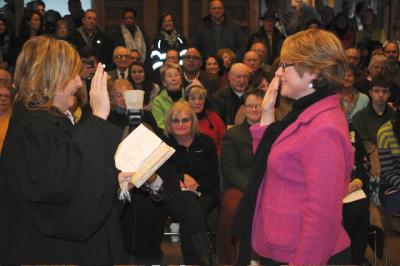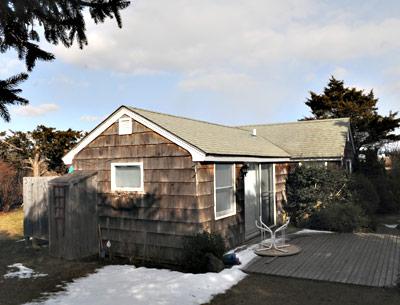Tax Receiver Out After Bill Snafu
Tax Receiver Out After Bill Snafu
A new East Hampton Town tax receiver was appointed on an interim basis by the town board on Tuesday, after, for the second consecutive year, a number of property owners did not receive their tax bills.
East Hampton property owners have been given a grace period until the end of January to pay the first half of 2013-14 property taxes, due to an apparent error in the distribution of the bills.
Although the original payment deadline was Friday, no late fees will be assessed for taxes paid up until the end of the month, it was announced in red type on the town’s website this week. The second half tax payment is due by May 31.
“For the second year in a row, a significant number of tax bills have not been either printed or mailed,” East Hampton Town Supervisor Larry Cantwell said at a town board work session on Tuesday.
The board voted unanimously to appoint Neide Valeira, a town accountant, as the interim tax receiver, replacing Monica Rottach, who has been the tax receiver for a number of years.
Mr. Cantwell said later on Tuesday that he was not at liberty to further publicly discuss Ms. Rottach’s status, as it is a personnel matter, but that it would be addressed by the town board.
The board, he said, is trying to get a handle on the workings of the tax receiver’s office.
According to Len Bernard, the town budget officer and head of the town’s finance division, additional staff was assigned to the tax office recently after complaints from property owners began to grow.
“We took steps and implemented a plan, which has been very successful,” he said Tuesday. The number of complaints from taxpayers, he said, has been “tremendously reduced.”
Of a total of $166 million in taxes the town will be collecting — on behalf of the town itself and including taxes to be distributed to the county, school districts, and other tax districts — Mr. Bernard said he expected, as of yesterday, that about $60 million in payments would have been processed, about the amount the town would normally have received and logged in at this point in any tax season, he said.
In a short statement on Tuesday, Mr. Cantwell referred to “basic internal controls not being carried out in a timely manner” at the tax receiver’s office. The Finance Department, he said, has been directed “to fully review where the system has failed” and to insure that services “that taxpayers have a right to expect” are provided.
Those who have not received a tax bill can obtain a copy by calling the tax receiver’s office or sending an e-mail to [email protected], including the tax map number and/or street address with the request. Requests may also be sent by fax to 329-4425. Payments may be made at the office or, for a fee, by credit card on the phone or online at officialpayments.com, using the jurisdiction code 4216.
Property owners are normally respon sible for paying up on time regardless of whether or not a reminder or tax bill has been received.
The billing process is dictated by legal deadlines and benchmarks, with the town’s tasks beginning only after the county adopts the tax warrant for all Suffolk municipalities, at the first meeting of the County Legislature in December.
Once the warrant is adopted, the town tax receiver begins a lengthy test to check the property tax bills against the adopted tax roll, and to be sure that the bills to be issued will equal the tax warrant. This year, said Mr. Bernard, that process was conducted, with no issues uncovered.
He said it was unclear where the problems arose, whether in a computer software glitch in printing the bills, or in the mailing process.
Tax bills were printed out and hand-delivered to a company hired to prepare them for mailing, and were then mailed from the East Hampton Post Office on Dec. 13. Some tax bills, particularly those going to the owners of multiple properties — about 4,000, said Mr. Bernard earlier this month — were processed by the assessor’s office itself.
This year’s error occurred despite an effort by the previous supervisor and board last year to “uncover what took place so history doesn’t repeat itself,” as former Supervisor Bill Wilkinson said last January. It was estimated that up to 900 property owners could have been affected last year.





